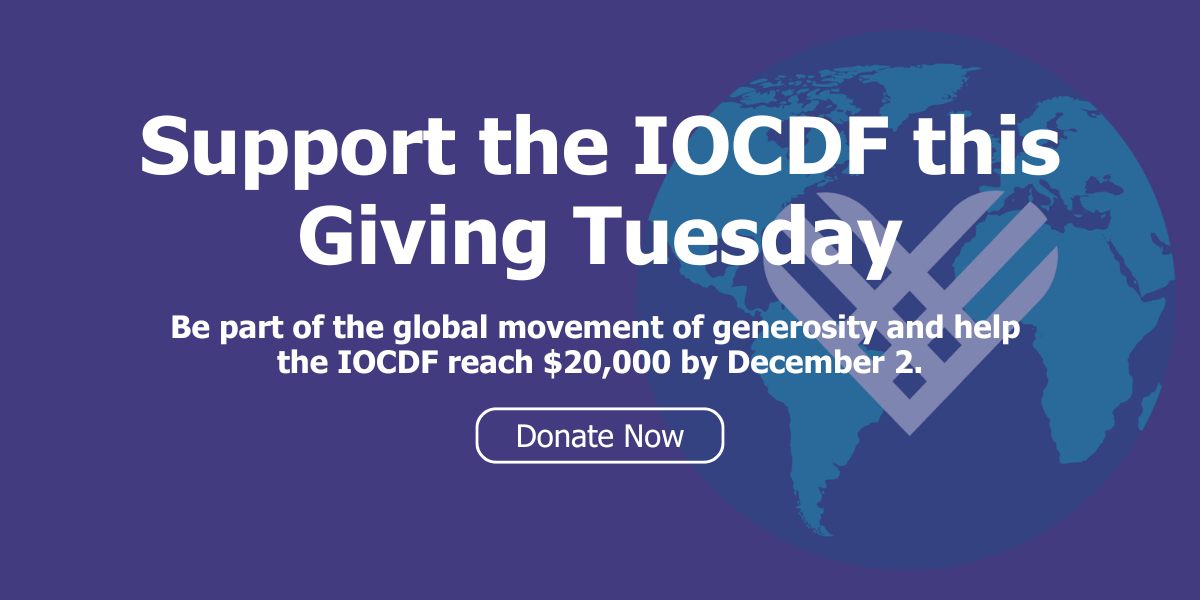Treatment for Pediatric Acute Neuropsychiatric Syndrome (PANS) and Pediatric Autoimmune Neuropsychiatric Disorder Associated with Streptococcal infections (PANDAS) by Kyle Williams, MD, PhD
Pediatric Acute Neuropsychiatric Syndrome (PANS) and Pediatric Autoimmune Neuropsychiatric Disorder Associated with Streptococcal infections (PANDAS) are similar conditions. Both diagnoses hypothesize that the onset of neuropsychiatric symptoms in a previously healthy child are the result of immune dysregulation or inflammation which follows from an infection.
Both PANDAS and PANS share multiple symptoms with other common childhood diagnoses, such as pediatric OCD, tic disorders, acute restrictive food intake disorder (ARFID), and anorexia nervosa. For this reason, the primary challenge in diagnosing PANS/PANDAS comes in differentiating these conditions from their related non-PANS/PANDAS conditions. Usually, it’s the severity and rapidity of symptom onset and correlation with recent or current infection that are the major differentiating factors in determining if a child has PANS/PANDAS.
How are PANDAS and PANS different from one another?
PANS and PANDAS are separate conditions, and a child cannot be diagnosed with both. PANDAS is the correct diagnostic entity if the onset of a child’s symptoms is the result of a recent streptococcal infection (“strep throat”), whereas PANS is the correct diagnosis if symptom onset is related to any other infection, or if the symptom onset is sudden and severe even in the absence of a known infection. Further, if a child meets criteria for Autoimmune Encephalitis or Sydenham Chorea, those diagnoses should be considered primary, and PANS/PANDAS diagnoses should not be used.
How is PANDAS/PANS diagnosed and treated?
Evaluation and treatment for PANS and PANDAS begins with a careful clinical examination. Both diagnoses are considered clinical diagnoses, meaning the clinical exam and history are the only criteria necessary for the diagnosis. Laboratory workup using blood tests for immune function and inflammation are recommended, as is a throat swab to rule out active infections. However, there are no laboratory tests which are necessary or diagnostic for establishing a PANS/PANDAS diagnosis.
It is important to diagnose if a child has PANDAS/PANS because clinical reports and research data suggest that anti-inflammatory treatments, and potentially antibiotic treatment, may be helpful for treating these conditions. These treatments are not part of the standard therapy for OCD or tic disorders.
Initial treatment recommendations for mild to moderate severity PANS/PANDAS symptoms include a course of Non-Steroidal Anti-Inflammatory drug (NSAID) such as Naproxen Sodium (Aleve ®), or Ibuprofen (Motrin ®) for seven to 14 days, consideration of a short course of antibiotic treatment for 7–10 days, and referral to a cognitive behavioral therapist (CBT) for exposure and response prevention therapy (ERP). A follow-up appointment in a few weeks should be made to assess for clinical improvement.
If no symptom improvement is observed, a short course (5–7 days) of oral steroids (Prednisone) may be considered, along with referral for psychiatric medication treatment, ongoing CBT therapy, or a re-trial of NSAIDs along with checking for active infections. Should the symptoms worsen or become life-threatening (through reduced food-intake), a trial of Intravenous Immunoglobulin (IVIG) at 2gm/kg may be considered.
It is likely that the implementation of these multiple therapies may need a team of different treating physicians and mental health providers, which can be a challenge. A list of providers can be accessed through the PANDAS Physician Network (PPN) directory.
What do we know about what causes PANDAS/PANS?
The theory behind anti-inflammatory treatments rests on the hypothesis that the symptoms of PANS/PANDAS are influenced by immune dysregulation or inflammation, and that treating these sources of inflammation will reduce the symptoms of PANS/PANDAS. While many patients and families report benefit from these therapies, the research on their effectiveness is still developing. Research studies have found improvement from the use of both NSAIDs and steroids. Multiple research studies investigating the benefit of IVIG have been conducted, with conflicting results. Insurance coverage for IVIG remains challenging, as most major insurance providers consider IVIG an experimental therapy for the use of PANS/PANDAS and refuse to pay for its use in PANS/PANDAS.
How long does it take to see improvement?
The clinical course of PANS/PANDAS can vary widely between children. For some, the course of symptoms waxes and wanes, influenced by environmental factors such as infections and stress. Some children see significant benefit from intermittent therapies with NSAIDs and antibiotics for infections, along with supportive CBT/ERP. Some patients have a more chronic and severe course of symptoms, requiring multiple interventions and extended treatment for severe or chronic symptoms.
What are other treatment options for PANDAS/PANS?
When treating PANDAS/PANS, it is always important to consider using the full scope of therapies known to benefit the symptoms of OCD and tic disorders, such as selective serotonin reuptake inhibitors (SSRIs), medications for tic disorders, and behavioral therapies. Attention deficit hyperactivity disorder (ADHD) symptoms are often present in children with PANS/PANDAS and may require additional evaluation or treatment. Additionally, evidence suggests that immune deficiencies, such as IgA or IgG deficiencies, may be more frequent in children with PANS/PANDAS and may require additional evaluation/management in children with frequent infections. An evaluation by an Ear Nose and Throat (ENT) physician may also be helpful for children with high rates of streptococcal or other infections.
Lastly, because the symptoms of PANS/PANDAS may affect academic performance, neuropsychological evaluation and testing may sometimes be warranted to evaluate any challenges with reading, math, or working memory.
What is the prognosis for PANDAS/PANS?
Many children with PANS and PANDAS experience a significant recovery and respond well to treatment. It is important to closely monitor signs of infection or sudden behavioral changes in children with PANS/PANDAS, even after they show improvement. While there is still a significant amount which remains unknown about these conditions, the medical knowledge and treatment paradigms for these conditions have advanced significantly in the last decade, and there is always reason to hope that children affected with these conditions will make a full or substantial recovery.
Additional ResourcesAdditional resources on PANS/PANDAS treatment can be found via the PANDAS Physician Network.

